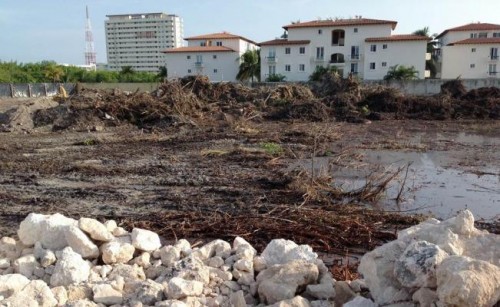Tourism is a booming industry, with millions of people travelling to different parts of the world to explore new cultures, cuisines and experiences. However, the rapid growth of the tourism industry has resulted in the construction of numerous tourist facilities, which in many cases, have had a negative impact on the environment and local communities.
One of the biggest negative impacts of tourist facilities is their effect on the environment. Large hotels and resorts require a significant amount of resources, including water, energy, and land. The construction of these facilities often involves the clearing of forests and other natural habitats, which can lead to the destruction of local ecosystems and the displacement of wildlife.
Additionally, tourist facilities contribute significantly to the amount of waste generated in popular tourist destinations. These facilities generate a large amount of food waste, plastic waste, and other waste materials that are difficult to dispose of properly. This can result in pollution of local waterways and damage to the surrounding ecosystem.

Another negative impact of tourist facilities is their effect on local communities. The construction of large hotels and resorts often leads to the displacement of local residents and the destruction of traditional homes and businesses. This can result in the loss of cultural heritage and the disruption of traditional ways of life.
Tourist facilities can also lead to the commodification of local culture and traditions. As tourists seek out more and more exotic experiences, locals may feel pressured to perform for them, leading to the exploitation of cultural practices and traditions for profit.
Finally, the influx of tourists into a destination can lead to overcrowding and strain on local resources. This can result in increased traffic, pollution, and pressure on local infrastructure, including water and electricity supplies. Overcrowding can also have negative impacts on the quality of life for local residents, leading to increased noise levels, traffic congestion and reduced access to public spaces.

The negative impact of tourist facilities is a growing concern for both the environment and local communities. It is essential that we take steps to mitigate these negative impacts and ensure that tourism is sustainable and benefits both the visitors and the local communities. This can be achieved through responsible tourism practices, such as reducing waste and resource consumption, supporting local businesses and communities, and preserving cultural heritage and natural ecosystems.
TYT Newsroom


